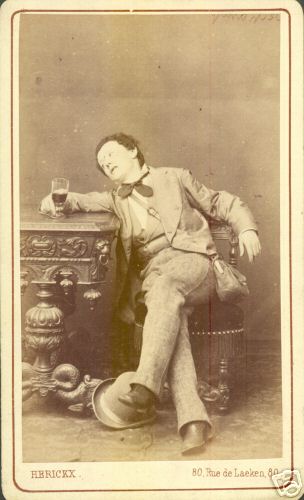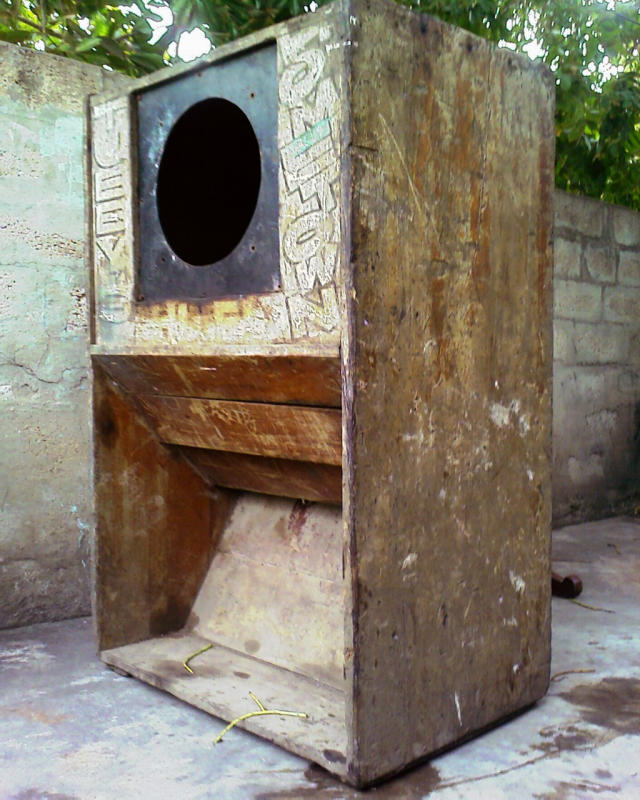Schwarz
View current page
...more recent posts

It's been more than twenty-five years since Tom Wolfe became America's most widely read architecture critic with his 1981 best-seller, From Bauhaus to Our House, perhaps the most ill-informed book ever written about architecture. Time has dimmed neither its splenetic malice nor joyful ignorance, but what about the 75-year-old Wolfe himself? To find out, I went up to Columbia University recently to hear him participate in a symposium on New York City architecture.the november '06 nyt opinion piece
To get along in life, everybody needs pretty much the same thing — but not exactly the same thing.
That's the problem given historical shape by "Modernism: Designing a New World, 1914-1939," the vast, thought-provoking show opening Saturday at the Corcoran. It touches on virtually every art form, from drawing and painting to cinema and dance. But because the show originated at the Victoria and Albert Museum, one of the world's great repositories of design and decorative arts, the more populist media — architecture, design, graphic art — resonate loudest.

via the fmu blog
...............................

e-cube house via justin
if you are familar with the maysle brothers documentary Salesman, then you may remember the location ali-baba avenue in opa-laca florida. its just a little north and west of miami. i know it personally because i worked for my uncle who had a fishing tackle manufacturing company there summer '73.
opa-laka is in the nyt today, they're boarding-up city hall :
Where the scrub palmetto once grew wild, Opa-locka has languished as a violent, drug-addled void on a cartoon stage set, one fantasyland too many in an oversubscribed state. Beneath a film of dust, a suggestion box at City Hall holds a single blue slip that says, “The best suggestion would be more police.”via vz
For rehabilitation, the city has turned time and again to promoting the legacy of its architecture, a peculiar homage to Moorish antiquity that includes 20 buildings on the National Register of Historic Places. Down streets called Sesame, Aladdin and Caliph, archways and turrets are adorned with brilliant mosaics and muted flowers in bas-relief.
But now even the fantasy’s veneer is crumbling. Pronouncing City Hall’s roof unsound, the walls moldy and the rats intolerable, the City Commission voted last month to move to rental space in a new four-story office building most vividly described as rectangular.
Many years ago Meyer Schapiro argued that there was a radical difference between art’s spiritual value and its commercial value. He warned against the nihilistic effect of collapsing their difference. I will argue that today, in the public mind, and perhaps in the unconscious of many artists, there is no difference. The commercial value of art has usurped its spiritual value [i would say use value], indeed, seems to determine it. Art’s esthetic, cognitive, emotional and moral value -- its value for the dialectical varieties of critical consciousness -- has been subsumed by the value of money.
Art has never been independent of money, but now it has become a dependency of money. Consciousness of money is all-pervasive. It informs art -- virtually everything in capitalist society -- the way Absolute Spirit once did, as Hegel thought. Money has always invested in art, as though admiring, even worshipping, what it respected as its superior -- the true treasure of civilization -- but today money’s hyper-investment in art, implicitly an attempt to overwhelm it, to force it to surrender its supposedly higher values [thus neutralizing all art and artists functioning in service to the system], strongly suggests that money regards itself as superior to art.
ohio or pennsylvania house construction photo series
the enbankment jc style
